evolution of the rocky planets
One of the longstanding questions in planetary science involves the origin of the Earth and Moon, as individual entitles and as a co-evolving system.
About 4.5 billion years ago, a Mars-sized object impacted a proto-Earth, producing a debris disk from which our Moon eventually formed. This impact theme incurs multiple versions throughout scientific literature. We suspect that the impact produced the observed geochemical similarities between the two bodies from the thoroughly mixed debris disk. The traditional account of this event assumed the Earth’s natural satellite originated from part impactor, part Earth, while the Earth incorporated much of the impactor material. From here on, the two bodies have evolved in very different directions. However, a recent model suggests that the Earth and Moon formed from a shrinking hot debris disk (Lock et al., 2018), accumulating similar compositions in the process.
The Earth retains an active dynamo (the generation of a magnetic field from a moving liquid core), climate, and an atmosphere that permits vigorous weathering and erosion. Plate movement constantly recycles the Earth’s crust. During subduction, any overlying sediment is pulled down into the mantle. The active “critical zone” where most living things inhabit (typically framed on timescales on the order of thousands to tens of thousands of years) are actually due to the constancy in Earth’s planetary dynamics over timescales reflecting billions of years of planetary evolution. Life on Earth and its long term terrestrial dynamics reflect a unique set of circumstances that point to an extreme end-member product when contrasted to the Moon’s stagnant crust and dry atmosphere.
The Moon, however, almost completely cooled soon after the impact. Without a sufficient gravitational pull to maintain a permanent atmosphere as well as the absence of internally driven plate movement, the lunar surface remains a fingerprint of ancient inner solar system dynamics. This record of events is mostly lost on Earth. But, by studying aspects of the lunar surface and interior, we actually learn more about what events Earth was likely affected by (and survived) for billions of years in the inner solar system in order to appear as it does now.
Life on Earth is in part tied the to the Moon’s evolution. From the effects of lunar gravity and tidal oscillations, to the eventual tilt-and-rotational speed of the Earth that produces seasons, to a possible jump-start in biological evolution, lunar formation mechanisms helped shape an Earth that holds a unique place in the solar system.
A heavily cratered lunar surface speaks to the preservation of a geologically ancient process – accelerated impact cratering. A spike in the cratering record occurred as early as ~4.2 billion years ago and may have lasted as long as 800 million years. As an airless body devoid of terrestrial-style plate tectonics, the Moon preserves a record of dynamic events that occurred shortly after its formation ~4.5 billion years ago until ~1 billion years ago when major volcanism is thought to have subsided. The dark patches are basalts (similar to ancient Archean basalts but with slightly lower magnesium content) that are almost exclusively confined to the nearside.
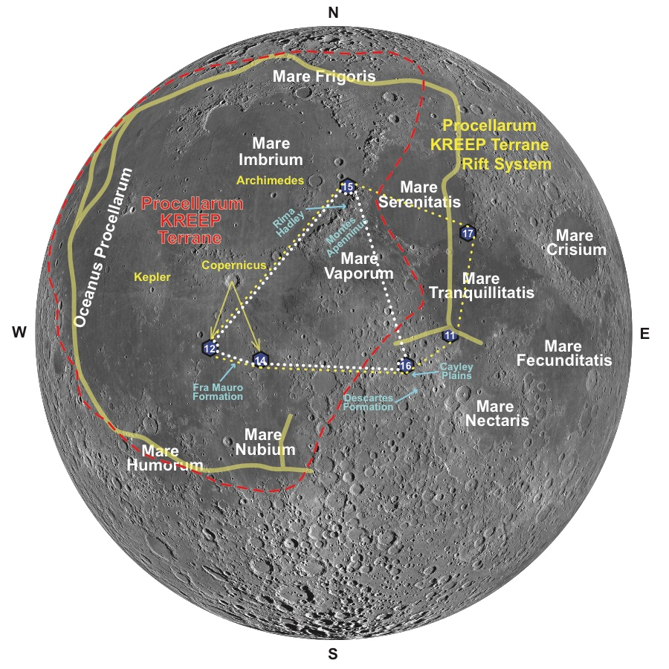
The above figure shows the Apollo landing sites, locations of seismometers, the Procellarum KREEP Terrane and the rift boundary that surrounds this terrane. From Cone et al. (2020).
A little about me. I was born in Pusan, South Korea. My mom is from Korean, my dad from the Bronx. At the age of two months, my parents moved to Long Island, NY after my father’s military service was up. As a child, I grew up in a working class neighborhood, my dad was a laborer and my mom a tailor. I’ve spent most of my life in different parts of upstate New York State where I earned a BA in Psychology. I then moved to Northern Virginia and worked in food retail for several years until I decided I didn’t want a life of retail management. I went back to school, earned a BA in Geology, then moved to Colorado for graduate studies in Volcanology and Planetary Science. I enjoy travel and road trips, music and concerts, guitars (especially acoustic), and have recently discovered the joy of heavy bag work.
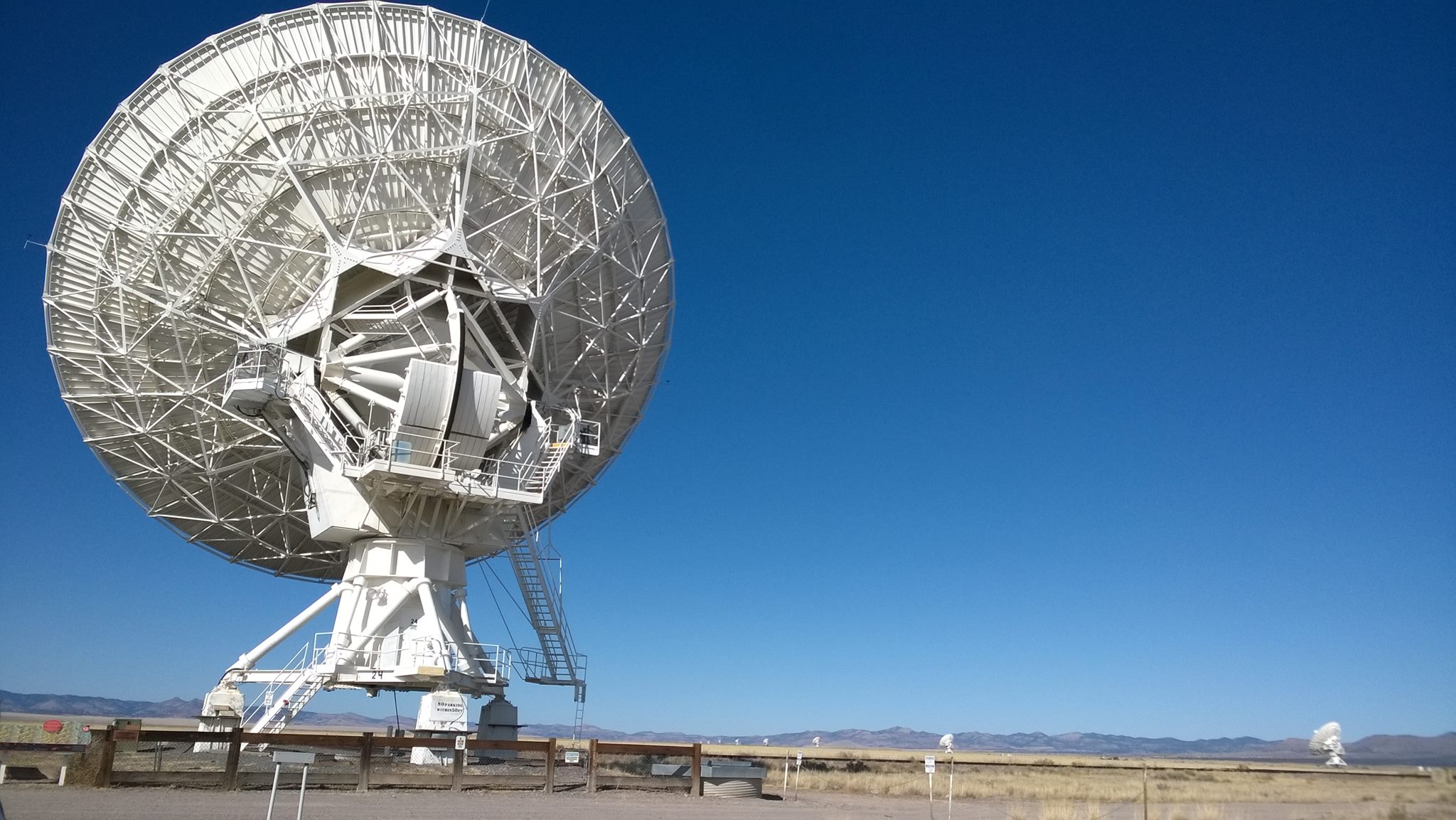

LEFT: One of the radio telescopes from the Very Large Array (VLA) near Magdalena, New Mexico. The array is placed in one of multiple formations during the year to change focusing. RIGHT: The eastern side of the Adirondack area, upstate NY. Colorado has some pretty mean mountains, but the lakes and rivers in Upstate NY are home.
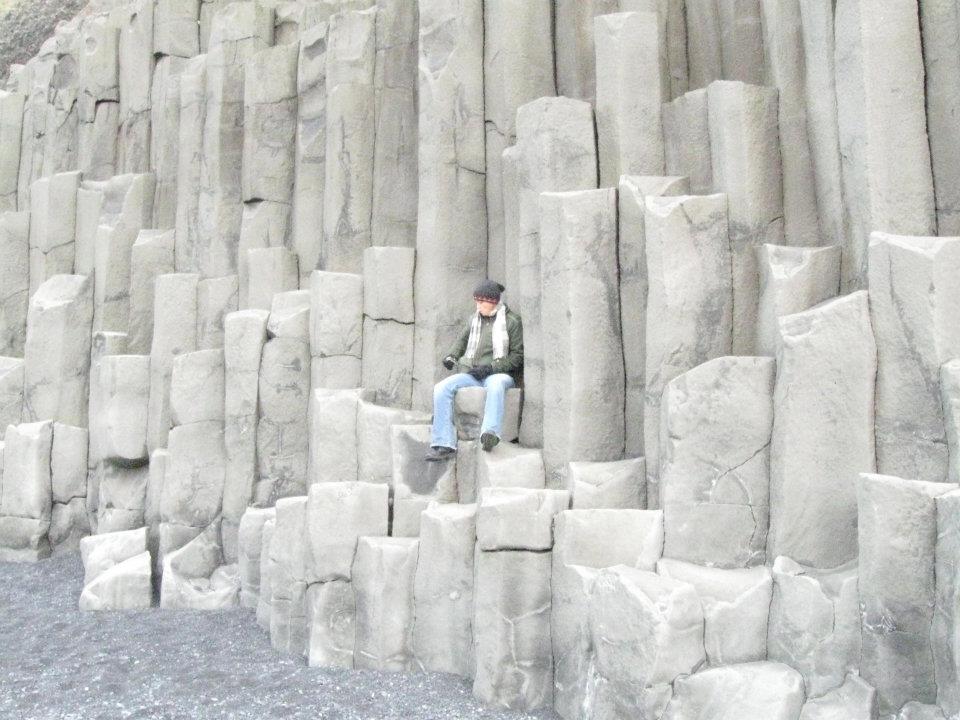
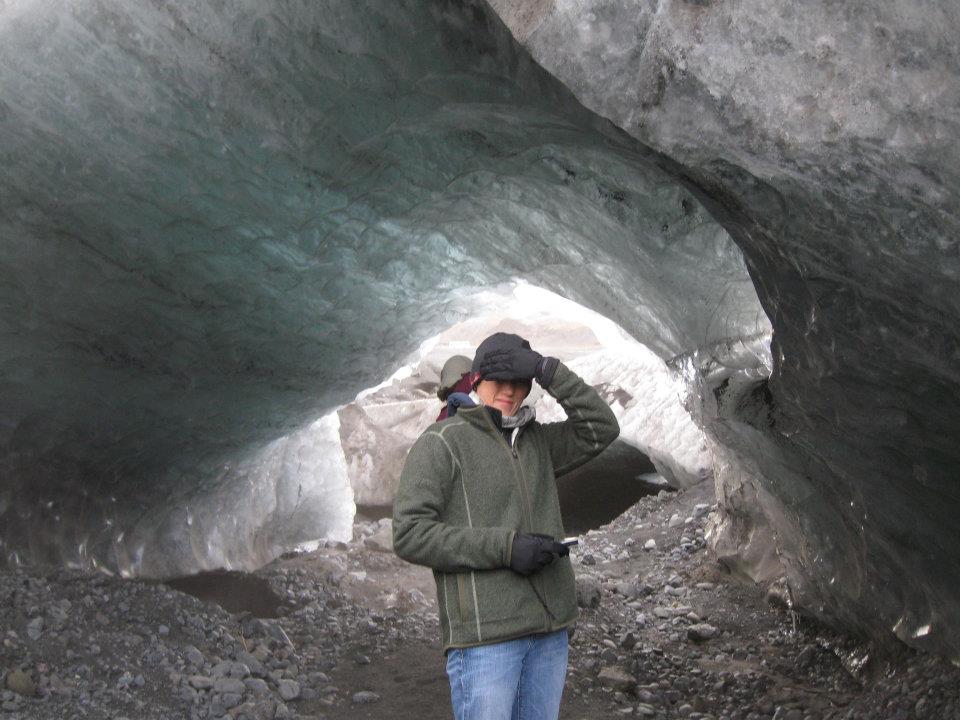
LEFT: Sitting on part of an expansive basalt column exposure in the southern part of Iceland, in Vik. The mafic black sand creates a stunning yet melancholic backdrop. RIGHT: A carved glacier to the north (Sólheimajökull). The weather in Iceland is similar to Denver (“if you don’t like the weather, just wait a few minutes”). The winds were so strong during my visit that the glacier walk was called off due to volcanic ash (think tiny glass shards) whipping about.
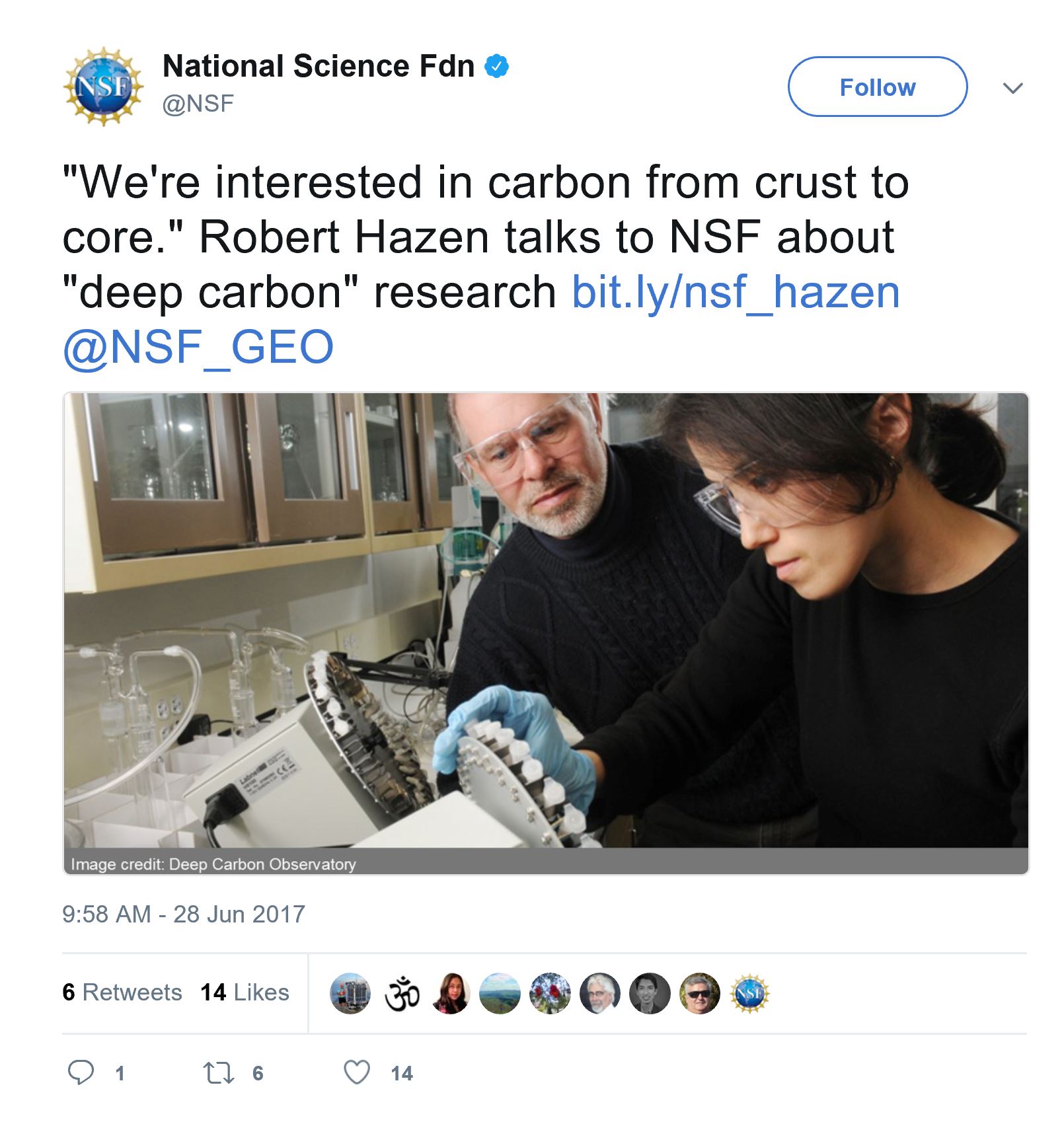
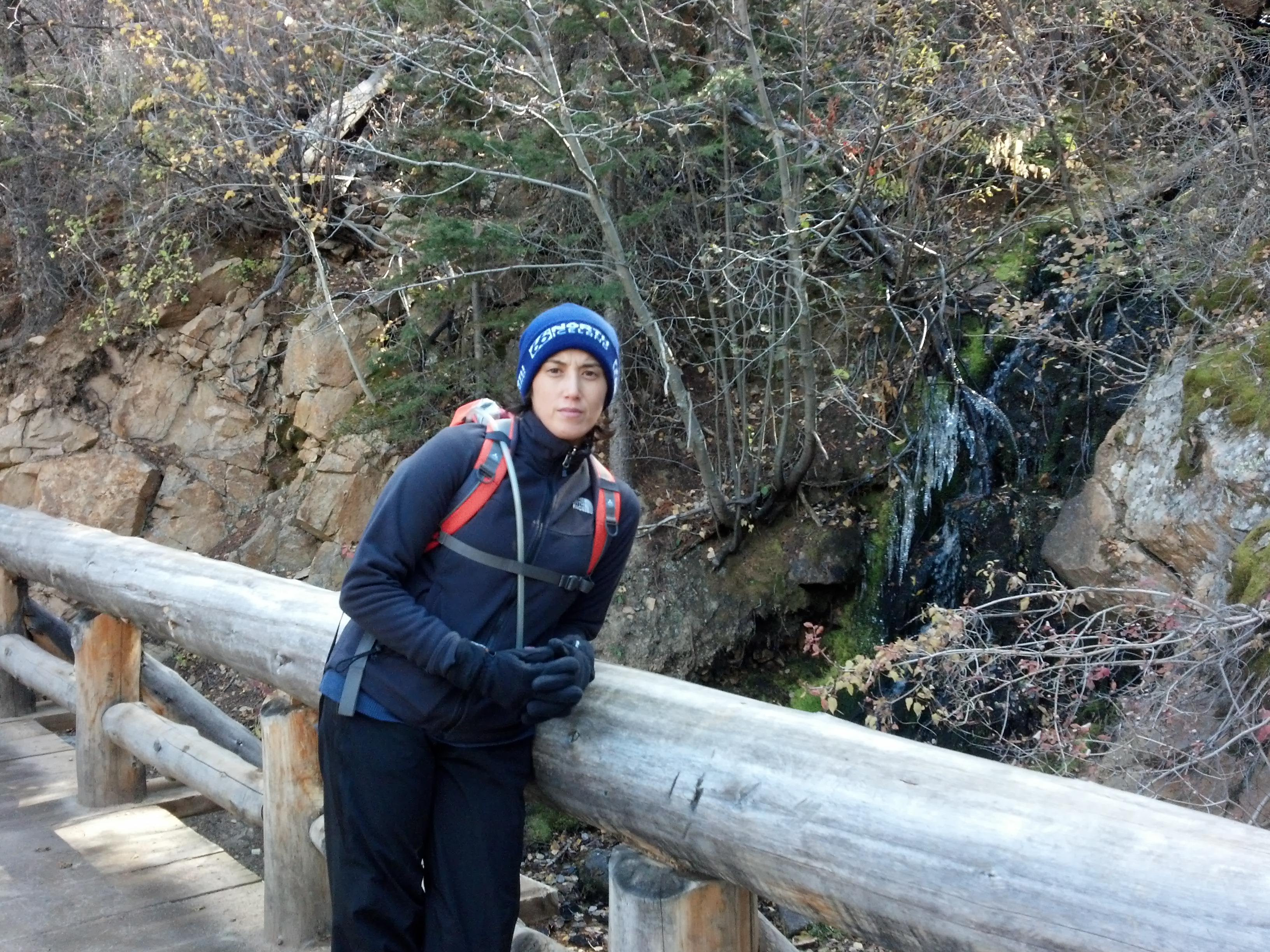
LEFT: I was fortunate to have spent a few months at the Carnegie Geophysical Lab as a predoctoral student researcher under Dr. Robert Hazen. I assisted with a variety of experiments, including racemic sugar adsorption on mineral surfaces (origin of life research) and diamond anvil cell runs with paraformaldehyde to investigate carbon speciation. Carnegie (now the Earth and Planets Laboratory) is a special place; I have a deep appreciation now for the intersection of Origin of Life Studies and Geology. RIGHT: Thingvellir, Iceland, late October of 2011.
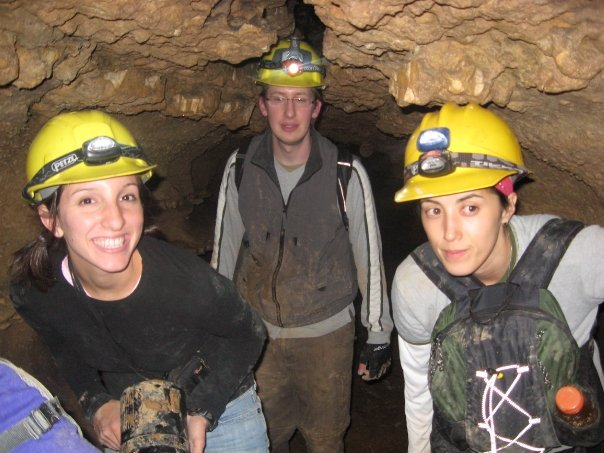
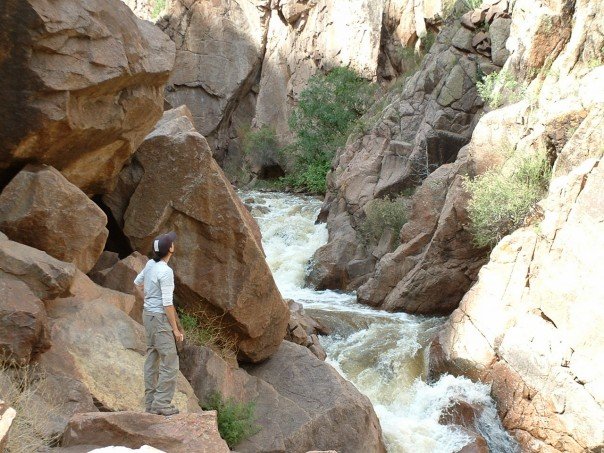
LEFT: Caving with George Mason University classmates in western Virginia, the trip was set up by Sean Gagnon. If you want to experience what complete darkness and silence is like, try caving just once. Definitely not for the claustrophobic. RIGHT: George Mason University field camp stop in the Sipapu, New Mexico region. We had just completed a metamorphic mapping project in North Carolina that I was more than happy to leave (it was the height of tick season; it wasn’t a question of whether you were going to get ticks, it was how many).


LEFT: Great Sand Dunes National Park, adjacent to the Sangre de Cristo Mountains, Colorado, 2016. Dune surfing is permitted here. The park contains the tallest sand dunes in North America at ~750 ft. tall when measured from the base of the San Luis Valley floor. RIGHT: Home. Morrison, Colorado, 2019. View looking east out of the living room. I use the same window view with a small, table-top Orion 90mm Maksutov-Cassegrain telescope for Moon viewing.
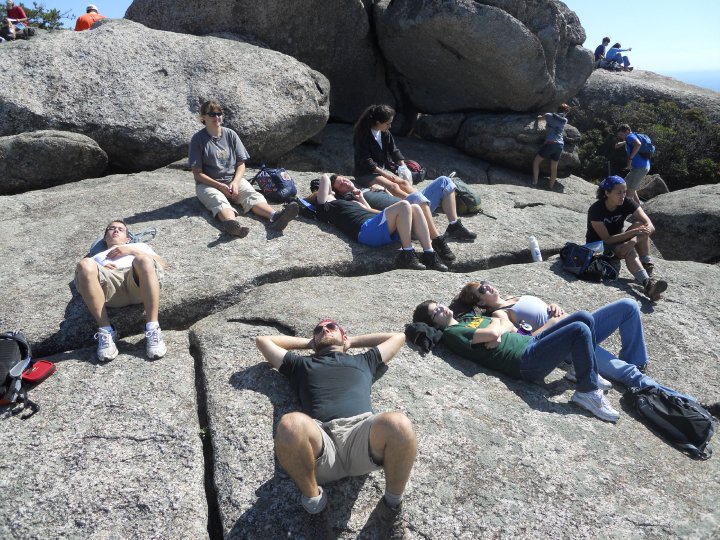
George Mason University classmates, at the top of Old Rag mountain in Shenandoah National Park, VA. We’re sitting on approximately 1 billion year old granite formed during the Grenville Orogeny. I’m sitting to the far right in an N7 t-shirt (Mass Effect fan here).
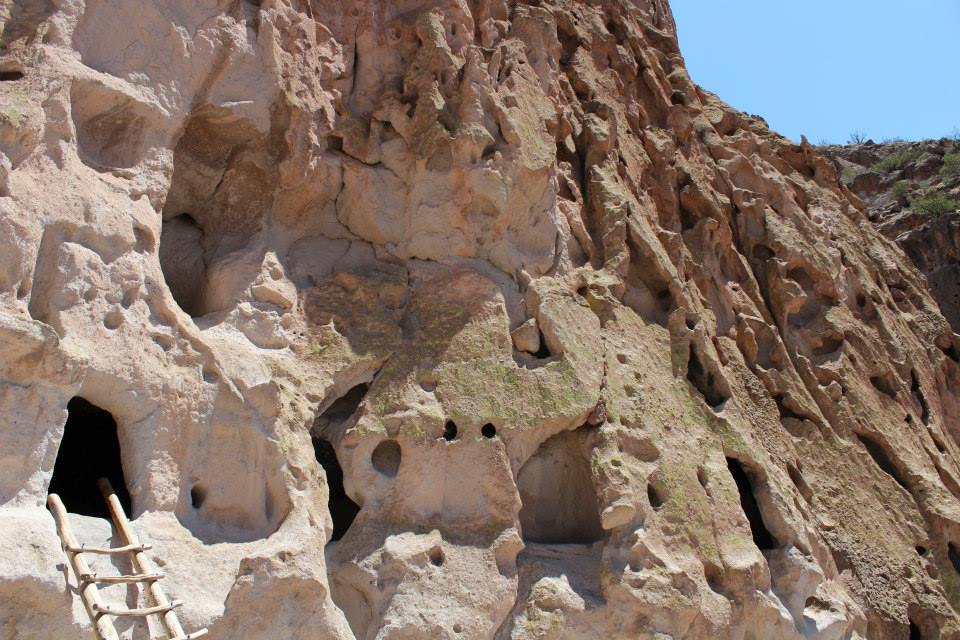
Bandelier National Monument, adjacent to the Jemez Mountains. Ancient Puebloan dwellings carved in the Bandelier tuff. Los Alamos, New Mexico, 2016.
“A human being should be able to change a diaper, plan an invasion, butcher a hog, conn a ship, design a building, write a sonnet,
balance accounts, build a wall, set a bone, comfort the dying, take orders, give orders, cooperate, act alone, solve equations,
analyze a new problem, pitch manure, program a computer, cook a tasty meal, fight efficiently, die gallantly.
Specialization is for insects.”
– Robert Anson Heinlein
I agree with Heinlein, though. Geology isn’t everything, my PhD work isn’t everything to me. Learn another language, learn to play an instrument.
Read about something new — linguistics, music theory, behavioral economics, entomology, dendrology, whatever. Have a conversation with someone you normally wouldn’t. Branch out.
Volunteer your time or donate to a cause that matters to you.
Don’t be an insect.